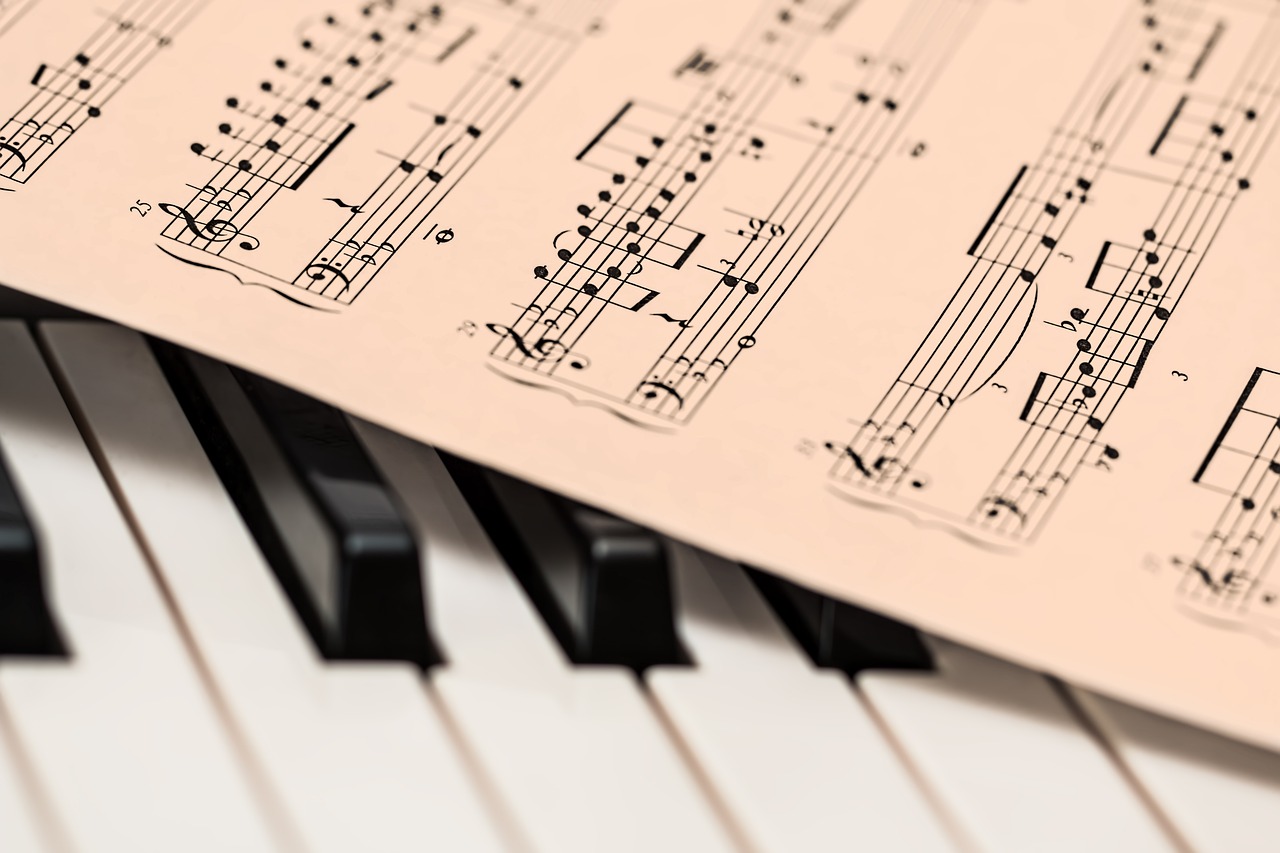Do-Re-Mi is the most common syllable set used in the world. However, you will find different cultures and institutions using different symbols. For example, you may come across “1, 2, 3, 4, 5, 6, 7, 1” or “Sa, Ray, Ga, Ma, Pa, Da Ni, Sa”. In our guides, we will use Do-Re-Mi but you may choose whichever you prefer.
The Full Syllable List
Here’s a list of solfege syllables and how they relate to semitones. We’ve used key C as an example for the starting point of the scale, though, you may choose anything note and the pattern will remain the same.
| Syllable | Pronounced | Note | Semitones |
|---|---|---|---|
| Do | doh | C | 1 |
| Di | dee | C♯ | 2 |
| Ra | rah | D♭ | 2 |
| Re | ray | D | 3 |
| Ri | ree | D♯ | 4 |
| Me | may | E♭ | 4 |
| Mi | mee | E | 5 |
| Fa | fah | F | 6 |
| Fi | fee | F♯ | 7 |
| Se | say | G♭ | 7 |
| So | soo | G | 8 |
| Si | see | G♯ | 9 |
| Le | lay | A♭ | 9 |
| La | lah | A | 10 |
| Li | lee | A♯ | 11 |
| Te | tay | B♭ | 11 |
| Ti | tee | B | 12 |
A fascinating thing to note is how some semitones have multiple syllables. For example, a note with 2 semitones can either be a Di or Ra. Different systems might prefer one or the other. However, our app tries to keep the functional relation between the notes consistent. If the note is sharp, we use Di; otherwise, we use Ra.
